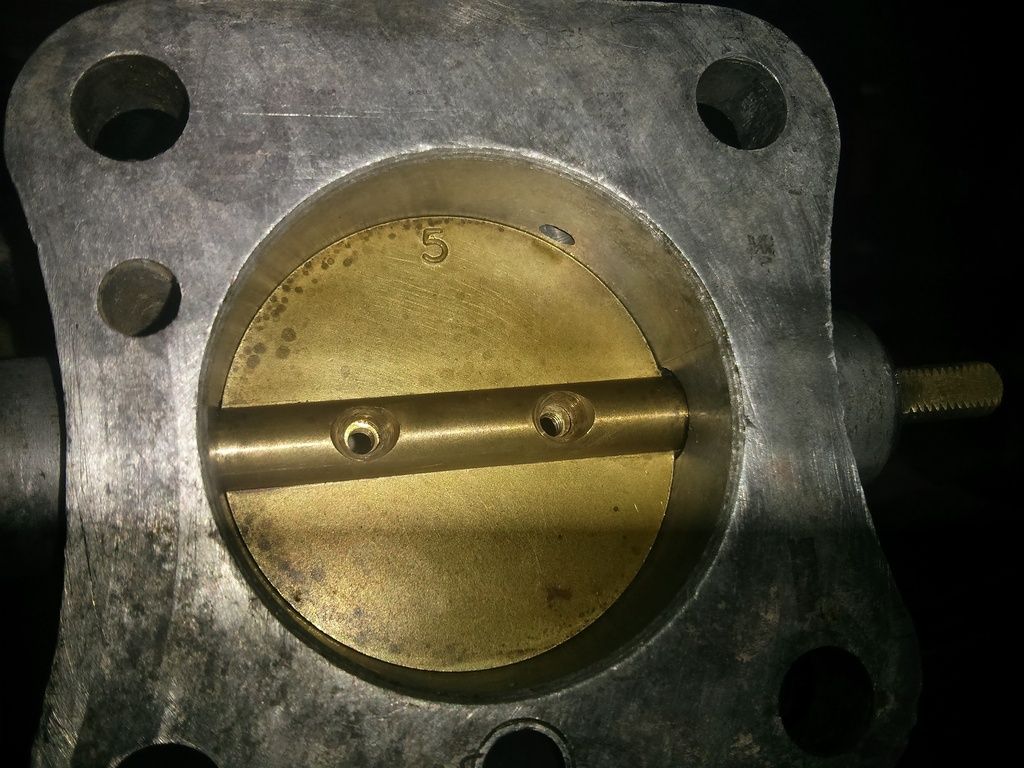or a carb of the MG Metro with engine vacuum advance take off
Keith Calver wrote this
On some HIF carbs, the vac take-off located just after the butterfly - that's between the butterfly and the carb to manifold mounting flange - has been eliminated.
Instead, the engines these carbs are fitted to use a vac take off in the manifold. The reason for this is again wholly idle emissions orientated. The higher vacuum that exists in the manifold area can be used to pull more ignition advance. Theoretically this will reduce emissions at idle. Unfortunately it's exposed to induction pulsing. In the A-series, this is UGLY. The pulsing and high manifold vacuum causes rough idling. Particularly where anything 'sportier' (ANYTHING) than a bog-stock-standard cam profile is used.
Classic example - the MG Metro. Its adventurously sporty cam makes for a slightly lumpy idle. This increases idle speed emissions, so Rover use manifold-sourced vacuum to increase idle speed ignition timing via the vac advance. We're talking 28 degrees of ignition timing here! Doesn't work because the pulsing created by the cam causes erratic ignition timing, culminating in running on. So an anti-run-on valve was fitted as a modification. Vicious circle. After messing about trying to solve the emission problems this caused, it was found that changing the originally quoted valve clearances to 0.014"inlet /0.017" exhaust (effectively reducing the cam over-lap) helped dramatically. And, like I said earlier, the sportier the profile, the worse it becomes. Even worse - when running, this system can cause ignition advances in the order of 50 degrees on lift-off and on again - an absolute sure-fire recipe for savage detonation.
The solution is easy - remove the vac take-off from the manifold and fit it back to just in front of the butterfly where it should be. If you need to drill a port to accept the vac pipe take-off it needs to be sited 9/16" back from the carb to manifold mounting face, offset slightly to one side. I.e. NOT at the dead centre, or 'peak' of the butterfly bore. And usually set off away from the crankcase breather port. Usually the vac pipe take-offs fit a 1/8" diameter hole - but measure whatever you're going to use before drilling. You're looking for an interference/air tight fit.



















